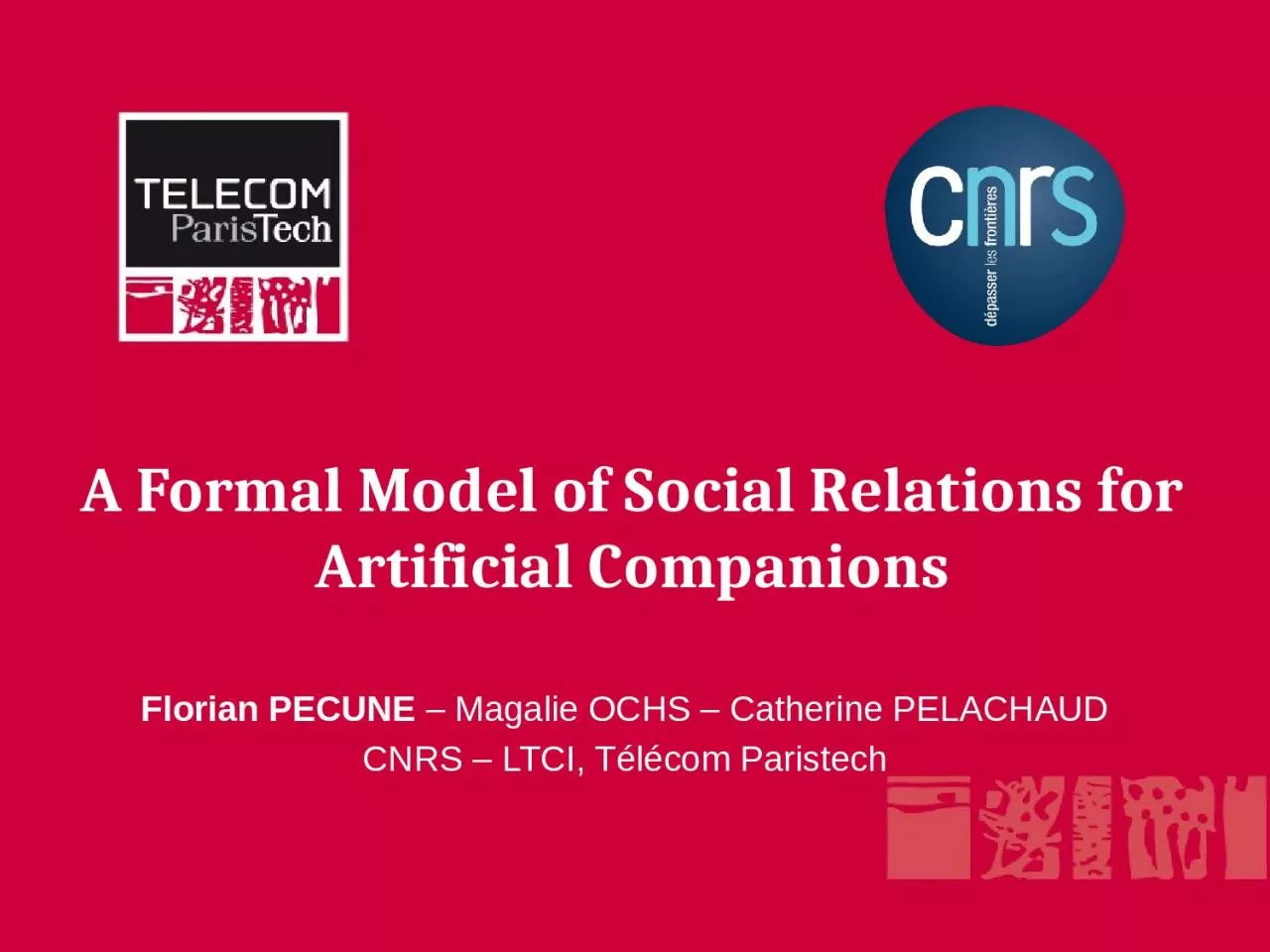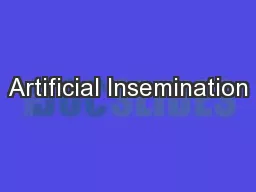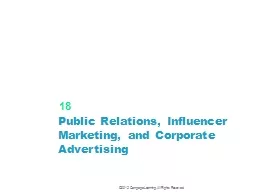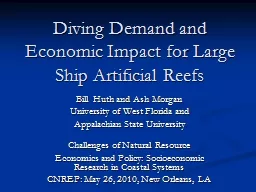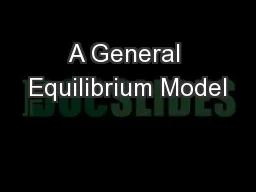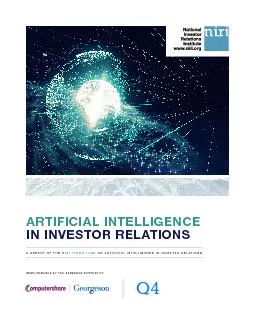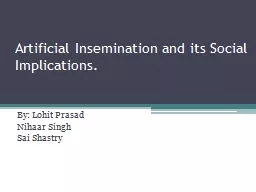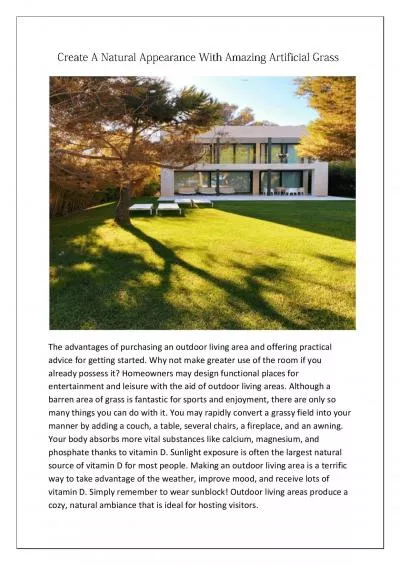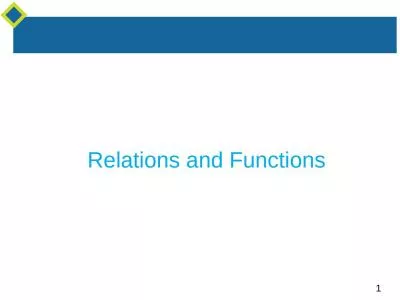PPT-A Formal Model of Social Relations for Artificial
Author : catherine | Published Date : 2024-02-09
Companions Florian PECUNE Magalie OCHS Catherine PELACHAUD CNRS LTCI Télécom Paristech The MoCA Project Florian Pecune page 1 Create a little world of artificial
Presentation Embed Code
Download Presentation
Download Presentation The PPT/PDF document "A Formal Model of Social Relations for A..." is the property of its rightful owner. Permission is granted to download and print the materials on this website for personal, non-commercial use only, and to display it on your personal computer provided you do not modify the materials and that you retain all copyright notices contained in the materials. By downloading content from our website, you accept the terms of this agreement.
A Formal Model of Social Relations for Artificial: Transcript
Download Rules Of Document
"A Formal Model of Social Relations for Artificial"The content belongs to its owner. You may download and print it for personal use, without modification, and keep all copyright notices. By downloading, you agree to these terms.
Related Documents

